How to choose a Borescope, Endoscope or Videoscope
Every day, we help people select the right borescope and accessories for their specific application.
Rigid vs Flexible
There is a difference between a Rigid and a flexible borescope
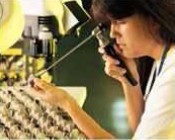
Rigid borescopes give higher quality images, are easier to use and are less expensive than flexible scopes of similar quality. Choose a rigid borescope unless the rigidity is a problem.
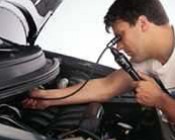
A flexible fiberscope lets you see inside spaces that a rigid borescope can’t penetrate. Blue Flexible borescopes can offer the additional benefit of articulation — the ability to remotely control the tip of the scope so that it bends in two or four directions to look around a cavity.
Take a look at some Rigid vs. Flexible borescope comparison images.
Diameter
The borescope must fit through the smallest hole required. When choosing a borescope diameter, consider more than clearing the sides of the hole. A slightly smaller scope may allow “wiggle room” so that you can see more by tilting the scope. The best thing is to try it. If you need to see into very small holes and relatively large ones, it is usually best to optimize for each, by using two borescopes. The micro slim borescope can fit into a 0.075″ (1.85mm) diameter hole.
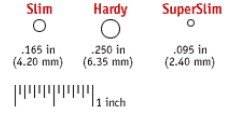
Length
Direction-of-View

Field-of-View
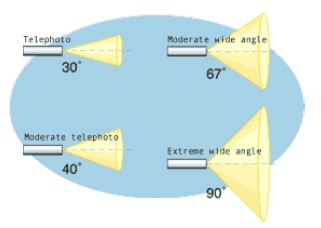
Magnification
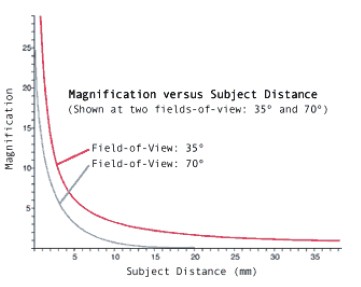
Flexible vs Rigid Video Images
The images below were taken using a Rigid borescopes and Blue Flexible borescopes with the Luxxor 24 Light Source, Luxxor Video Coupler Lens and a Sony video camera. The images were captured using software and capture a card. Images taken at 640 x 480 and scaled to 320 x 240 for display in table.
Honda 500cm3 Motorcycle Engine
This image was taken using the Flexible borescope with the 90 degree mirror adapter in place. A 35mm FL coupler lens was used.
This image was taken using the Hardy borescope with the 90 degree mirror adapter in place. A 35mm FL coupler lens was used.
This image was taken using the Blue Flexible borescope articulated to 90°. A 35mm FL coupler lens was used.
This image was taken using a Karl Storz 120° DOV borescope. A 25mm FL coupler lens was used.